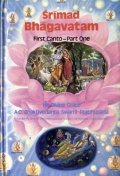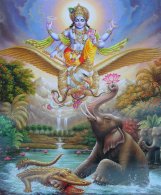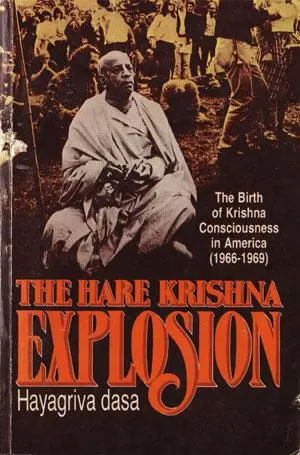
click on image to enlarge
We were discussing the other night with some friends, that the mood of Lord Caitanya was love in separation, and that this should also be our mood as devotees. George Harrison understood this mood, and in his song “My Sweet Lord” we find in his lyrics:
My sweet Lord
Hmm, my Lord
Hmm, my Lord
I really want to see you
Really want to be with you
Really want to see you, Lord, but it takes so long, my Lord …
I really want to know you
Really want to go with you
Really want to show you, Lord, that it won’t take long, my Lord …
Hare Krishna, Hare Krishna
Krishna Krishna, Hare Hare
Hare Rama, Hare Rama
Rama Rama, Hare Hare
Srila Prabhupada has described this very nicely throughout all his writings, and in the Caitanya-caritmrta we find:
“O Govinda! Feeling Your separation, I am considering a moment to be like twelve years or more. Tears are flowing from My eyes like torrents of rain, and I am feeling all vacant in the world in Your absence.” This is the perfectional stage of chanting the Hare Kṛṣṇa mantra and eating the fruit of love of Godhead, as exhibited by Śrī Caitanya Mahāprabhu. One should not artificially imitate this stage, but if one is serious and sincerely follows the regulative principles and chants the Hare Kṛṣṇa mantra, the time will come when these symptoms will appear. Tears will fill his eyes, he will be unable to chant distinctly the mahā-mantra, and his heart will throb in ecstasy. Śrī Caitanya Mahāprabhu says that one should not imitate this, but a devotee should long for the day to come when such symptoms of trance will automatically appear in his body. (Purport Sri Caitanya-caritamrta, Adi 9.51)
This is all but and introduction to one of the very best, sweetest, chapters in the KRSNA Book “The Gopīs’ Feelings of Separation” which we have posted here in its entirety.
More


















